How we built a profitable business in 6 weeks without market knowledge
My phone rang, I had a notification.
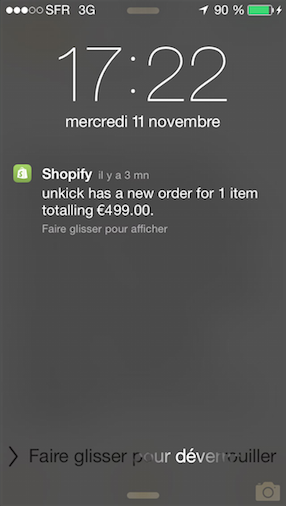
It validated all the work we had done for the past month. It was our eCommerce business’ first online sale, the result of four weeks of intense labor during which we hadn’t seen much daylight.
Yet, there we were. Someone had just spent his hard-earned money for our product,
Then other orders came in — more than we had anticipated.
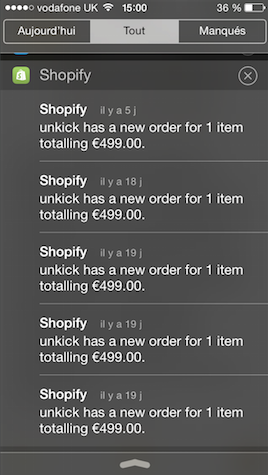
In six weeks, we had built a profitable business from scratch. This is how we did it.
We found the perfect market in 1 day
On day 1, we set strict rules for ourselves to validate fast:
- Sell a product that was easy to get up and exciting.
- Spend on marketing, not inventory. We didn’t want to freeze money without learning practical skills.
- Build a service with minimum spending. That way, if it turned out to be a complete failure, we wouldn’t lose more than a few hundred Euros.
We narrowed down our search to drop shipping
Drop shipping is a retail fulfillment method where a store doesn’t keep the products it sells as inventory. Instead, it purchases the item from a third party and has it shipped directly to the customer.
It required zero inventory and a very small upfront cost.
We had the perfect fulfillment method. Now we needed a perfect niche.
Why you should focus your efforts on finding a niche
- Niche marketing is less competitive.
- Niche marketing is more affordable.
- A niche audience is easier to target.
We had been reading advanced drop-shipping websites, and started looking for a niche using a 5 criteria method found there.
5 criteria to easily validate any niche with drop-shipping:
- Can you “niche down”? Which means be more specific in a product category.
- Is online demand for this product increasing? Check Google trend.
- Are there enough searches on Google for this product? Check Google planner.
- Is the product retail price between €300 and €1,000? Selling expensive products mean less work, less customer service and lower sales target. But if the product is too expensive customers expect high customer service.
- Are there a lot of small competitors? If the market is trusted by famous brands, then it will be difficult to get access to product distribution and look legit.
We noticed a product was buzzing all over the internet: self balancing scooters — also known as Hoverboards.
They met all of these criteria.
At the end of Day 1, we had validated our niche. We started looking for suppliers.
Find European-based suppliers
We needed European-based suppliers in order to:
- Have short delivery time for our customers (3–6 days).
- Ensure the boards wouldn’t be blocked at the customs office.
- Get Hoverboards with a European Certification (CE).
We sent 157 emails to targeted manufacturers and wholesalers found on Alibaba, asking them for partners inside Europe. We received 100 answers – 10 were interesting. We also reached out to personal contacts.
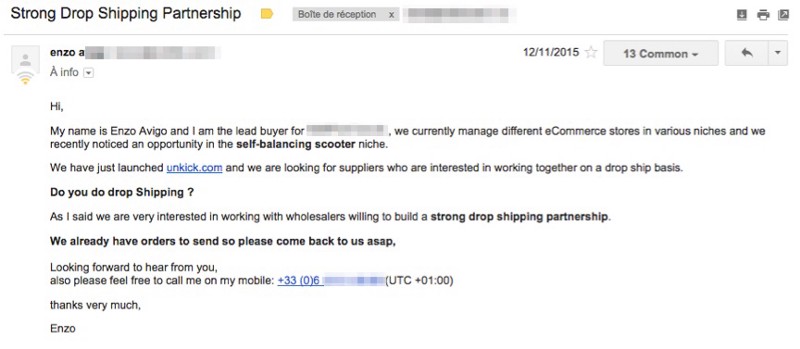
By the end of week 2, we had 4 suppliers willing to drop-ship for us. Now, we needed to discover who our customers would be.
We found our target customers
Who was buying Hoverboards?
As millennials, we asked social media. We searched Instagram (using hashtags such as #hoverboard and #selfbalancingscooter), and Twitter usingTopsy (since closed). To our surprise, adults weren’t customers – only influencers.
The market for Hoverboards was targeting very young people.
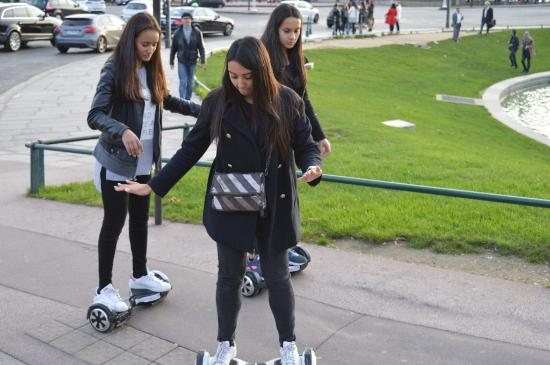
By the end of week 2 we knew our perfect target customers were kids. We needed a way to reach them.
We built the appropriate branding
We searched the internet to see what was already selling. Most companies were imitating each other, giving a fancy aspect to Hoverboards.

Google displays the highest quality content in its search engine, the companies behind this content need to be profitable — or at least relevant — to show up there. If these images were showing up in Google searches, it meant there was a community around Hoverboards.
We kept only one aspect of this communication: the urban aspect of using the Hoverboard on concrete and for short distance.
Then, we borrowed skateboarding codes and applied them to our brand to make it unique and differentiate ourselves from the competition.

Skateboarding is viewed as cool, and skateboarders share values such as persistence and insubordination — so could Hoverboard users. We had a set of values for our brand. Now we needed a name reflecting those values.
Here are things you should look at when coming up with a name:
- It has to be easy to remember.
- It must be written the way it sounds.
- It has to have a .com domain available (you can use bust a name to check for availability).
- All social accounts must be readily available (namecheckr does it for you)
After a while, I put together a list of names I liked and shared it. We immediately agreed on one name : UNKICK.

The logo took 1 hour to design. We opened Photoshop, typed Unkick using several fonts, and chose this one:
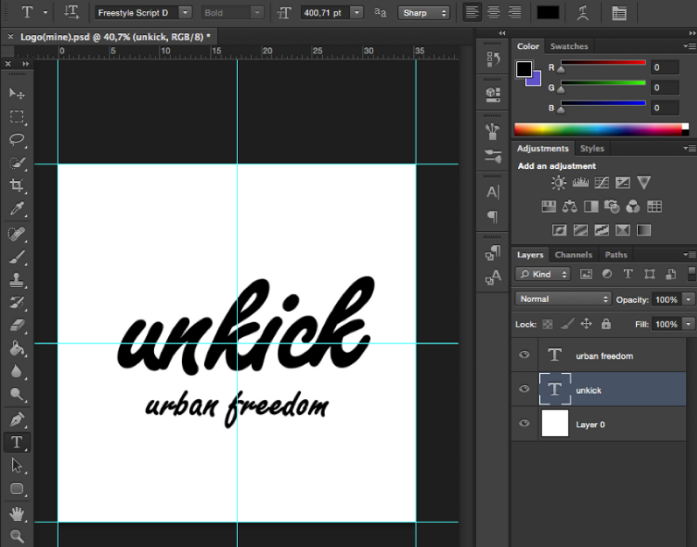
By the beginning of week 3 we had designed our brand. The last thing we needed was a shop.
We built an e-Shop
We chose a free theme on Shopify for 2 reasons:
- We wanted to keep our costs as low as possible.
- The theme would only be a basis for the website. We would complete it with code.
2 hours later, our website was live. There would be more tweaks down the line, but this was a good MVP.
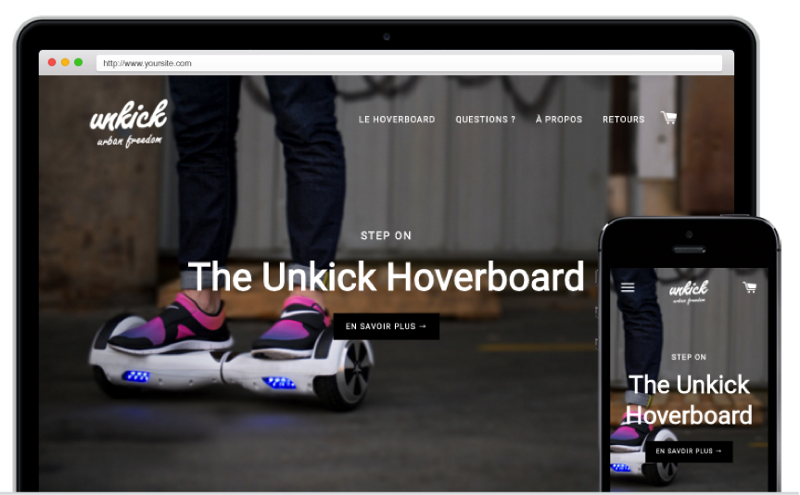
A market, a product, a brand, and a store. We were all set.
By the end of week 3 our first product page was live.
Since most of the advertising we did sent visitors directly to this specific product page, our top priority was to have a high conversion rate on our product page.
We drove traffic to our website
Channel Acquisition is not about bringing many people to your website, it’s about bringing the right people: qualified traffic.
Depending on the business you’re launching, some acquisition channels will prove much more effective than others. You need to pick some, test them, and adjust accordingly.
We chose two main acquisition channels: Google Adwords and Instagram .
I know, original right ?

Well, we focused on what was already working. We didn’t try to reinvent the wheel.
Google Adwords has great advantages
- Takes only a couple of hours to review your ad and display it
- Gives you the certainty to get traffic (you pay per click)
Google Planner had told us that the search volume in Google search was high enough for this channel to be effective. During the first days, we always had 2 Adwords campaigns running simultaneously. Every day, we would check which had performed better, kill the other one, and replace it.
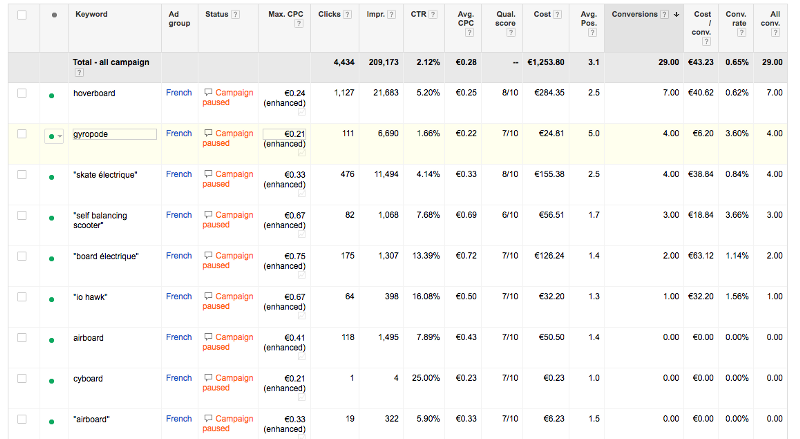
This strategy helped our website quickly outperform most other stores on Shopify. It’s a standard one if you are cash savvy — and it’s effective.

Giving Instagram a shot
In parallel to paid online acquisition we decided to grow our business through at least one free channel. Our main resource was time, not money.
We chose Instagram because:
- It gives brands 25% more engagement than any other social platform out there.
- Its average order value is among the highest compared to other social medias.
We grew the account fast, engaging with people as well as working with a couple of influencers — the account topped 5k followers in 4 weeks.
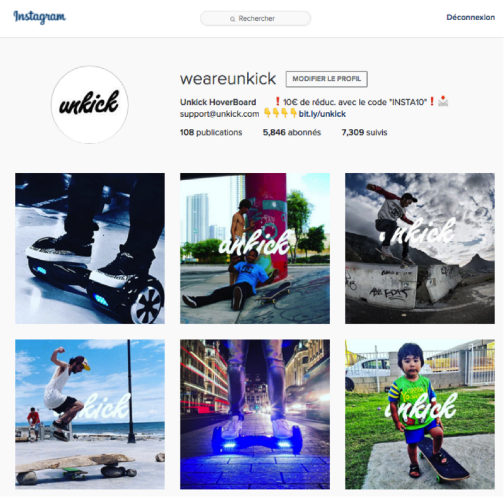
The fully detailed Instagram Growth Strategy is in our free eBook too!
By the end of week 3, we were ready to launch.
We failed our first launch
We launched on week 4. During this week, 360 different people visited the website (mostly from Adwords), but none of them bought anything.
We thought we had enough traffic for at least one sale. But we made zero, none, nada, niets, zip.
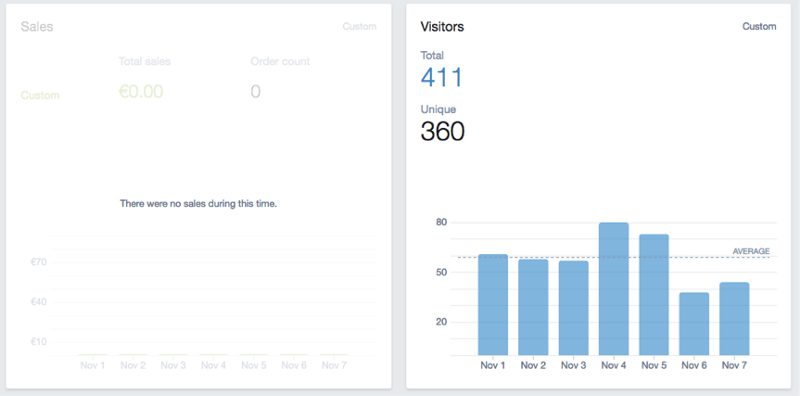

There was an issue, but we didn’t know where. Was it the product? The pricing? The website ? Maybe people didn’t want to buy this product after all.
At this stage, we were paying for acquisition on Google Adwords and were losing money. Yet, we had to keep going. Online advertising is about experimenting — and we were persistent.
We decided to ask eCommerce experts about our website. One of them told us:
“ Your website doesn’t feel safe enough. It doesn’t look like we can trust you to buy products worth hundreds of Euros.”
He was right. We had become blind to our website’s flaws, and we needed the truth. This observation had a huge impact on what followed.
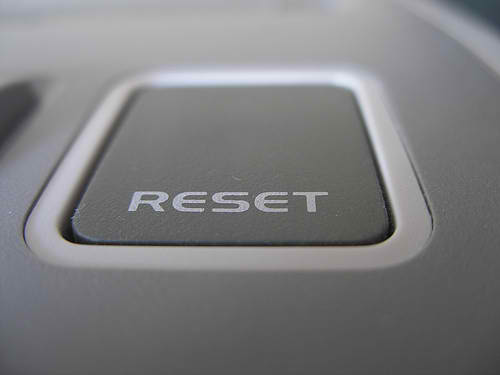
We finally made our first sale
We completely redesigned our website, switching our target market to France and translating everything to French. We capitalized on an unfair advantage we didn’t know we had: customer-service.
As a non exclusive reseller, weren’t not able to compete with big retailer on prices. But we had inventory inside Europe, a small volume and we were flexible. That gave us the competitive advantage to deliver faster than others online resellers (ie: Amazon !!) and offer a high level of service.

By the beginning of week 6, our new website for the French market was launched.
That’s when I got a notification.
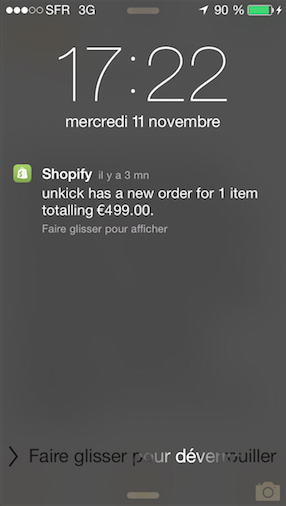
I couldn’t believe it. We had made our first sale — finally.
But that wasn’t all. More sales were coming in — it was on!
We made $6,9k revenue in 9 days
Our figures during the first 9 days:
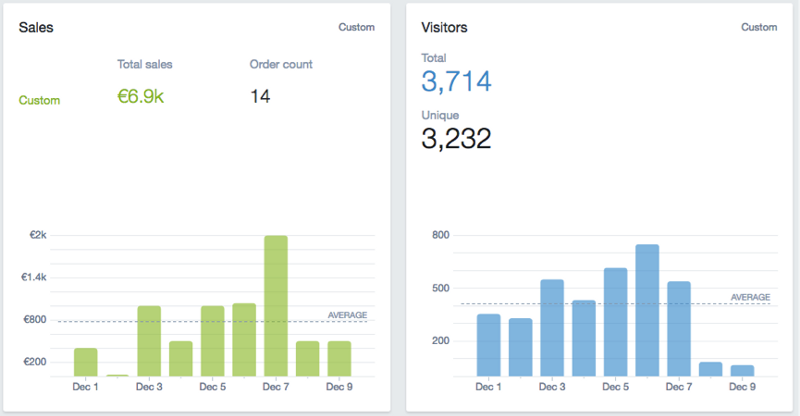
Our acquisition channels:
- Generated a total of €6,986.00 in revenue.
- Drove 3,232 unique visitors.
- Made a total of 14 orders in 9 days of activity.
Google Adwords proved much more effective than Instagram.
As a drop-shipping business, we had a hard time building brand awareness with Instagram. People likely forgot our brand right after discovering it on their phone.
The conversion rate was still very low.But this was the validation we had been looking for since the beginning. Our second milestone was achieved.

From now on, the logical next step would have been to optimize our metrics
- Decrease stock price thanks to bigger volume and new collaborations.
- Decrease acquisition cost.
- Diversify our product line.
We would also need to improve our payment security as this market was high-risk and we already had moved from Stripe to Braintree (a Stripe-like service own by Paypal).
But we made the decision to stop there
We shut down our website after 7 weeks:
- Demand for our product was collapsing.
- Big competitors were massively entering the market.
- We had no personal interest in operating it in the long run and it was never designed to be more than a side project.
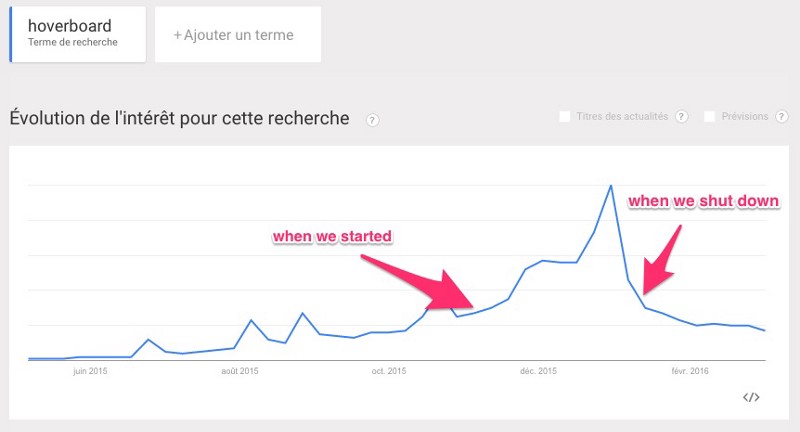
We considered this experiment a success. This side project generated a good stream of income and gave us a unique opportunity to learn new online skills.
Why it changed my life
I am not selling a dream. I didn’t become a millionaire founder.
But I learned something important: starting anything requires venturing into the unknown. I didn’t know whether this would succeed of fail, but hadn’t we tried, I still wouldn’t know.
Instead, I learned practical skills for the real world. For instance, I now help online businesses grow their Instagram account — only one aspect of all the things I learned.
I wanted to know if I had it in me to start a business, for real, and have an impact on people.
For weeks I didn’t think I could.
Then my phone rang.

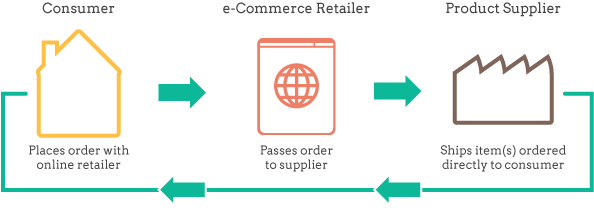
Répondre
Want to join the discussion?Feel free to contribute!